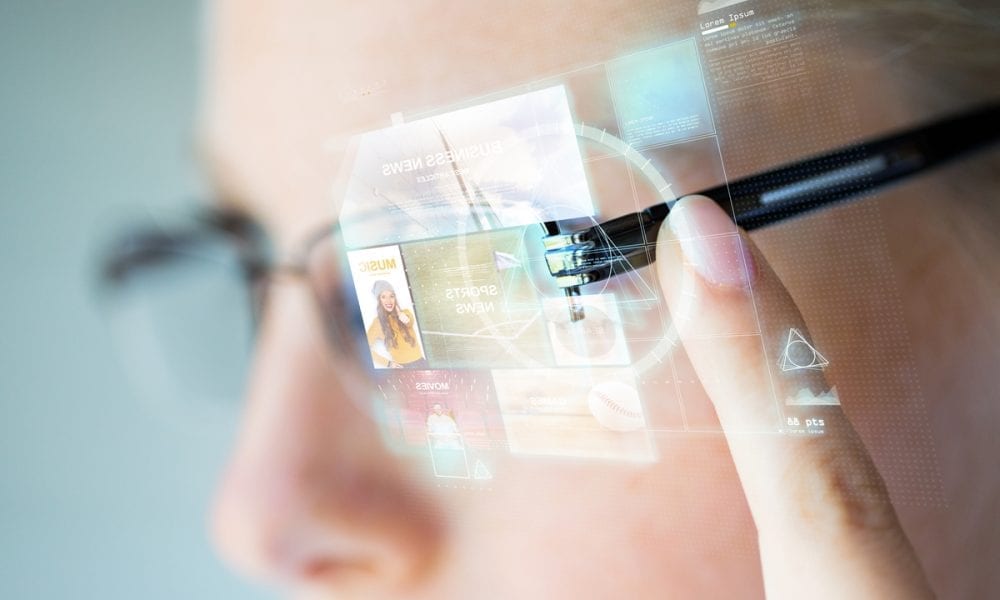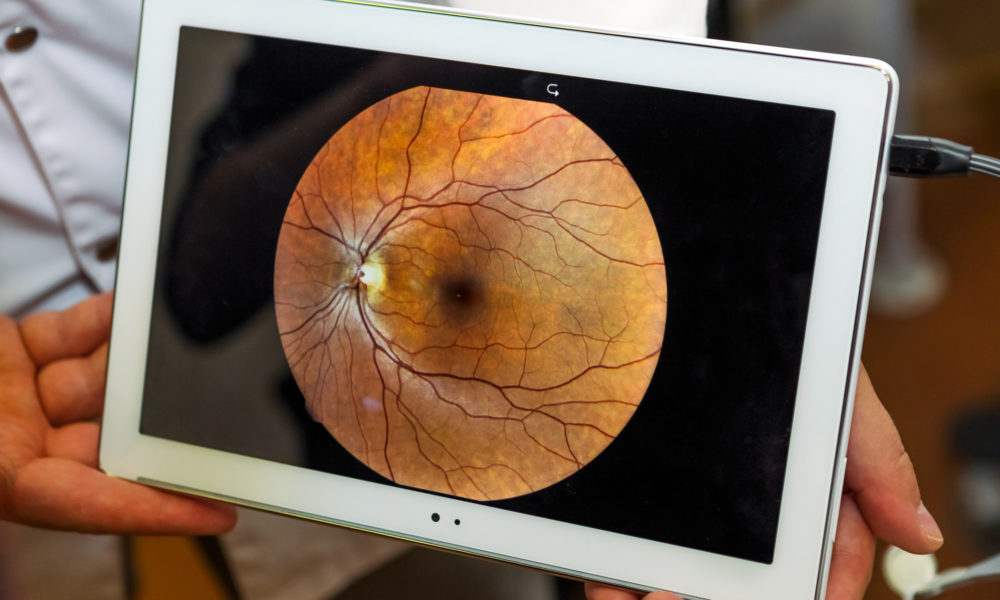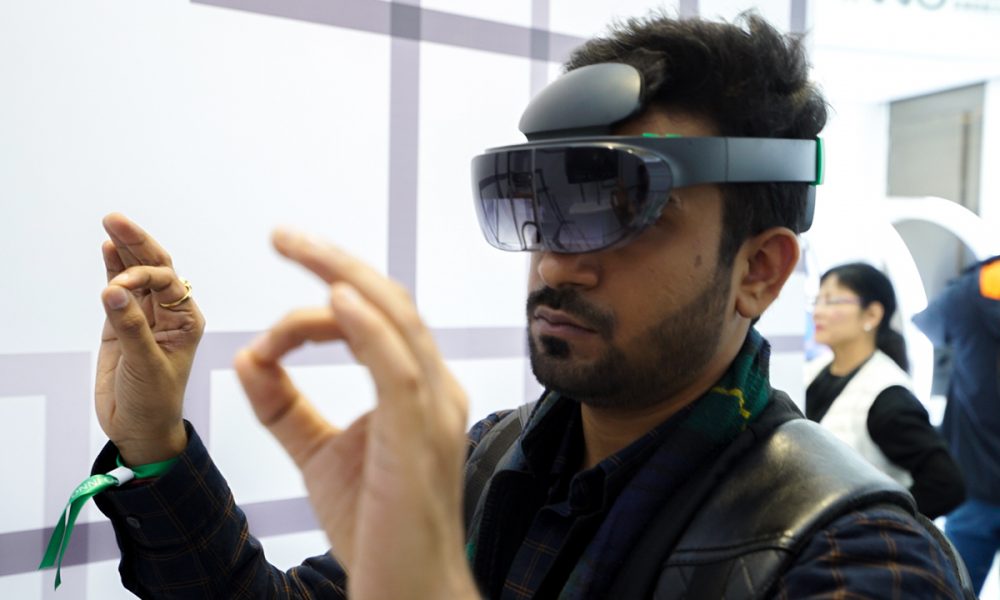Augmented reality (AR) technology has come a long way since its inception in the 1960s. With the introduction of AR glasses, the technology has become more accessible and user-friendly. AR glasses overlay digital content on top of the real world, providing an immersive experience for the user.
First Generation AR Glasses
The first generation of AR glasses was introduced in the early 2010s. These glasses were bulky and had limited functionality. They required an external device, such as a smartphone or a computer, to function. The glasses had a small display that projected images onto the user’s field of vision. The first generation of AR glasses had limited applications and were primarily used in industrial or military settings.
Second Generation AR Glasses
The second generation of AR glasses was introduced in the mid-2010s. These glasses were more compact and had a wider field of view. They had built-in sensors and cameras, which allowed for more accurate tracking and mapping of the user’s environment. The second generation of AR glasses also had better battery life and more advanced software, which enabled a wider range of applications.
Third Generation AR Glasses
The third generation of AR glasses was introduced in the late 2010s. These glasses were designed for consumer use and had a sleeker design. They were smaller and lighter than previous generations, making them more comfortable to wear for extended periods. The third generation of AR glasses had improved sensors and cameras, which allowed for better tracking and mapping of the user’s environment. They also had more advanced software, which enabled a wider range of applications.
Fourth Generation AR Glasses
The fourth generation of AR glasses is currently in development. These glasses are expected to be even smaller and more comfortable to wear than previous generations. They will have even better sensors and cameras, which will allow for more accurate tracking and mapping of the user’s environment. The fourth generation of AR glasses is also expected to have more advanced software, which will enable a wider range of applications.
- Some potential applications for fourth generation AR glasses include:
- Healthcare: AR glasses can be used to provide medical professionals with real-time data and information during surgeries or other medical procedures.
- Education: AR glasses can be used to provide an immersive learning experience for students, allowing them to explore virtual environments and interact with digital content.
- Retail: AR glasses can be used to provide customers with an immersive shopping experience, allowing them to try on virtual clothing or see how furniture would look in their home.
- Gaming: AR glasses can be used to provide gamers with an immersive gaming experience, allowing them to interact with virtual objects in the real world.
As AR technology continues to evolve, the possibilities for AR glasses are endless. With their ability to overlay digital content on top of the real world, AR glasses have the potential to revolutionize a wide range of industries.




